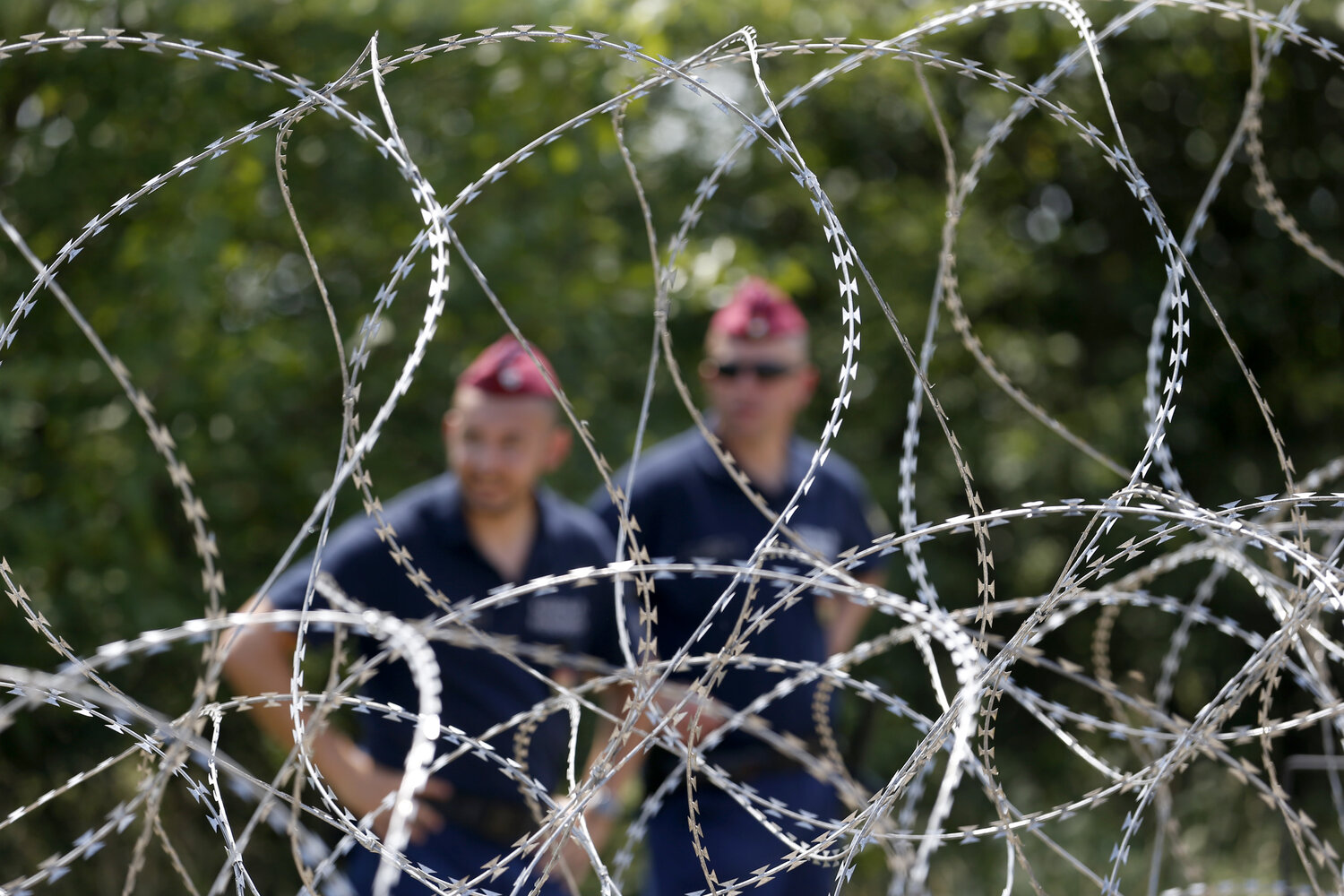In 2015, as refugees fleeing the war in Syria poured into Europe, Viktor Orbán‘s initiative was labeled as a new “wall of shame,’ but times have changed.
Seven years later, the Complément d’Enquête investigative news magazine is reporting that much the “anti-migrant” system championed by Hungary’s conservative-populist president improved and served as an example for many other countries. In just a few years, 1,200 kilometers of fencing has been erected at the gates of Europe. France Info broadcast reported.
Hungary’s eastern border with Serbia is one of the most monitored areas in Europe. Between the two countries, fencing stretches for 175 kilometers and stands 3.50 meters high. In 2015, its construction, amid the migrant crisis sparked a lively controversy.
[pp id=18810]
When Hungary first built its fencing, it was met with universal outrage from Europe’s liberal establishment.
“Hungary is part of Europe. Europe has values, and we do not respect them by installing fences, as one would do vis-à-vis animals,” said French Foreign Minister Laurent Fabius, comparing it to the Berlin Wall.
A lot has changed since then. The “anti-migrant wall” is now cited as an example of effectiveness, and many countries are openly inspired to recreate the success of Hungary’s fence in their own countries. Greece and Bulgaria have strengthened theirs, while Lithuania, Austria, and Slovenia have built their own versions. The latest example is the one Poland erected a few months ago on its border with Belarus.
European politicians have also changed their positions, with European People’s Party leader Manfred Weber making a dramatic U-turn and backing a border fence at the Polish border despite claims int he past that “Europe does not build walls.”
[pp id=23389]
Last year, Denmark’s interior minister also voiced his support for Hungary’s border fence.
“It was a mistake to criticize Hungarian Prime Minister Viktor Orbán for raising a barbed wire wall at the border in 2015,” Danish Minister of Immigration and Integration Mattias Tesfaye told the press after the meeting of EU interior ministers in Brussels.
“As is well known, initially the majority of European leaders strongly criticized the establishment of the southern border fence, but now more and more people acknowledge that the Hungarian prime minister was right in the migration debate,” Tesfaye said.
Orbán also still remains the leader of Hungary after once again achieving a landslide election victory in April, and his “anti-migrant” system has only become more sophisticated over the years. Instead of one wall, the border now has two. The fence was doubled on the Hungarian side “because the migratory flow continued to increase,” explained a lieutenant colonel responsible for a border post to the French magazine.
The new fencing construction has been equipped with sensors to detect movement, a barbed wire lined with razor blades, and steel links to prevent migrants from cutting the fence with pliers. Between the two barriers, a road was built to facilitate the movement of patrols. To better control entries from the neighboring country, Hungary has also installed cameras facing Serbia.
The journalists of Complément d’Enquête were also invited to a demonstration of the effectiveness of Hungary’s surveillance methods, and were able to enter a control room filled with screens. Thanks to the new technology, border guards spotted a group carrying a ladder, which smugglers routinely use to try and scale Hungary’s fencing. A patrol was sent to stop the group, and both the ladder and migrants were successfully intercepted.





